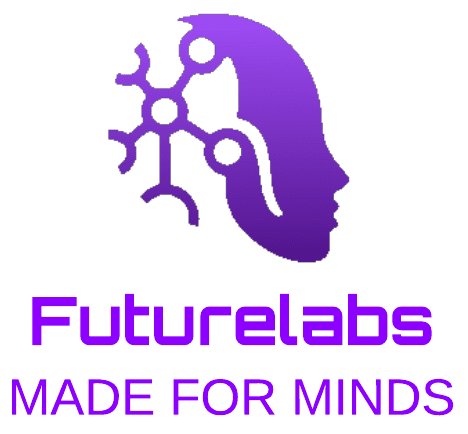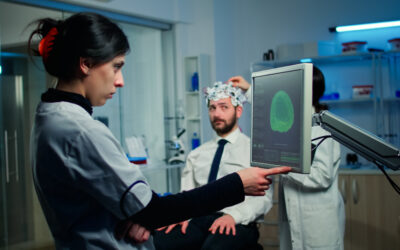Kurzweil sees current human life as a transitional stage toward a post-biological form of existence. He believes that the inherent limitations of our biological bodies, such as aging, disease, and death, are problems that can and will be solved through technological advancement.
Kurzweil’s vision of human life is radical and transformative. He believes that technology will allow us to overcome biological limitations and reach a new form of post-biological existence. While his vision is optimistic and inspiring, it also raises important ethical, philosophical, and practical questions that must be carefully considered.
Key points of his vision:
Radical life extension and the possibility of immortality: Kurzweil predicts that, thanks to nanotechnology, biotechnology, and artificial intelligence, we will be able to reverse the aging process at the cellular level, repair damage caused by diseases, and ultimately extend human life indefinitely. He doesn’t speak of magical or spiritual immortality, but rather technological immortality, where the body is maintained and repaired through technological interventions.
Cognitive and physical enhancement: He envisions a future where we can improve our cognitive and physical abilities through brain-computer interfaces, implants, and other technologies. This will allow us to increase our intelligence, memory, senses, and physical capacities, overcoming the natural limitations of the human body.
A fusion of humans and machines: The convergence between human biology and technology is a central theme in Kurzweil’s vision. He believes we will increasingly merge with machines, integrating technology into our bodies and minds, until the distinction between the biological and the artificial becomes blurred.
The mind as software: Kurzweil has a computational view of the mind, considering it as software that runs on the hardware of the brain. This implies that, in theory, the mind could be copied, transferred, or even enhanced through technology. This idea opens the possibility of “uploading” consciousness to a computer, which some interpret as a form of digital immortality.
Overcoming the limitations of the physical body: Kurzweil imagines a future where we could transcend the limitations of the physical body, existing as digital entities or adopting new physical forms through nanotechnology.
The implications of his vision for human life:
Kurzweil’s vision has profound implications for how we understand human life:
A redefinition of death: If aging and disease can be reversed, death would no longer be an inevitable part of life. This raises deep philosophical and existential questions about the meaning of life and death.
The transformation of human identity: Merging with machines and technological enhancement could transform our identity and our understanding of what it means to be human. We would face questions about authenticity, individuality, and the continuity of consciousness.
New forms of life and society: Overcoming biological limitations could give rise to new forms of life and social organization. We might live in virtual environments, explore space, or even create new forms of artificial life.
Criticisms of his vision:
Kurzweil’s vision of human life has received various criticisms:
There has been talk of biological reductionism. Some critics argue that Kurzweil reduces the complexity of human life to a set of biological processes that can be manipulated and enhanced through technology, ignoring aspects such as consciousness, emotions, and subjective experience.
There is also criticism of excessive technological optimism. Others criticize his technological optimism, pointing out that he overlooks the potential negative consequences of technological advancement and the existential risks associated with superintelligent AI.
Finally, the lack of empirical evidence. Many of Kurzweil’s predictions are based on extrapolations of current trends and lack solid empirical evidence.






0 Comments